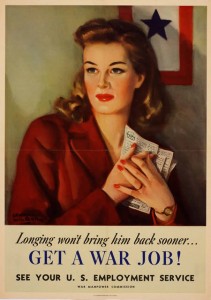Tesla is currently in the early growth stage according to the product life cycle model, and within only a few years, it has become the talk of the automotive industry. What’s extraordinary about this is the amount of capital Tesla has put towards marketing their company and their products: $0.
As Andrew, founder of Great Dane Coffee, stated, Tesla focuses solely on their product. The car maker is fundamentally about building cars at the pinnacle of research and engineering. Tesla is real life proof that “a good product will sell itself.” Word of mouth marketing has been the main marketing technique used. Their hype and publicity has been trail blazed by consumer support and talk, and the media reporting on their many awards and achievements – such as, repaying the $465 million government loan, 2013 Motor Trend Car of the Year, and receiving the highest safety rating in history.

As Sherry Lamoreaux wrote in her blog, Tesla’s showrooms are unique among car makers of the world. They are not located alongside the main roads or highways, they are in shopping malls. With this marketing model, rather than having a hundred potential consumers looking for cars on their lot (like other car makers experience), Tesla has thousands of people walking right past their showroom every day.
The situational factors for consumers change dramatically, and many sales come from consumers that had no interest of buying a car in the first place, until they saw Tesla’s showroom. The psychological factors are also affected as seeing an extraordinary looking car up close and seeing people gather around the car is intriguing. Moreover, the small showrooms allow for consumers to look at cars more closely and talk to representatives in a more comfortable environment.

